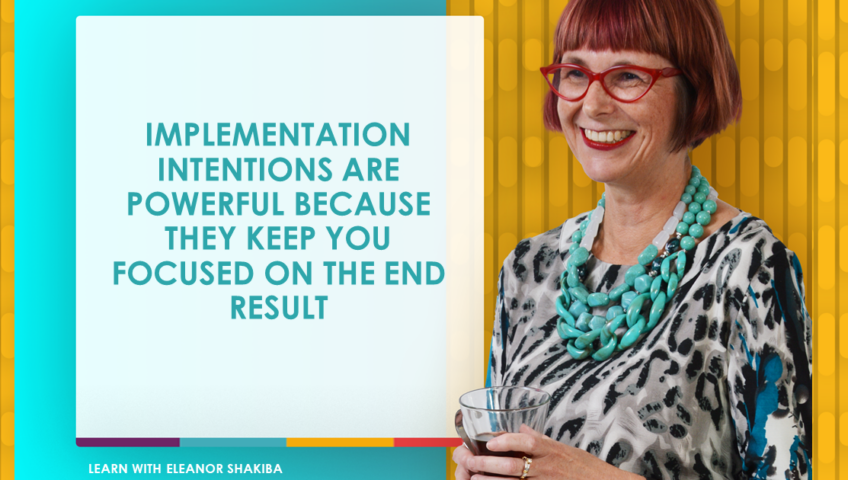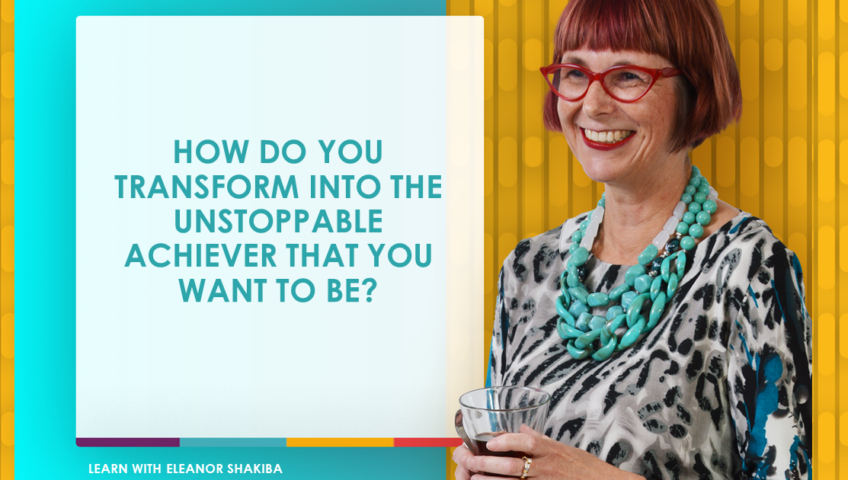Have you ever found yourself stuck in a relationship that does more harm than good? It could be with a ‘high maintenance’ direct report who drains your energy. Or it might be with a negative colleague who constantly undermines your efforts. Like any reasonable person, you’ve probably tried to turn things around with these people. Eventually, though, you might need to recognise that your efforts are taking you into the zone of ‘toxic persistence’.
Now, don’t get me wrong. I’m not suggesting that you should walk away from every challenging relationship. However, when a relationship becomes toxic, it can damage your career and stop you achieving the goals that matter to you. Here are three signs that your momentum is being negatively influenced by ‘relationship interference’.
SIGN 1: feeling drained by the effort of trying to make things work
This can take a toll on your physical and mental well-being, leaving you feeling burnt out and unable to focus on anything else. Constantly trying to please others and fix a toxic relationship can be exhausting and detrimental to your overall productivity. It’s important to recognise when your efforts are no longer productive and have the courage to step back and reassess the situation.
SIGN 2: your goals have been on the back-burner way too long
Toxic relationships can be a major distraction, causing you to lose sight of your priorities and get sidetracked from working towards your goals. Even worse, some toxic relationships involve active sabotage, where the other person purposely tries to prevent you from achieving your goals. So, take action. If you have a really important goal that has been put on hold because of someone else, do something to change that situation.
Free e-book and video tips.
Get your copy today!

|
|
SIGN 3: You start doubting your own abilities
Constant criticism and negativity can erode your confidence, leading you to question your own worth and capabilities. If your confidence is being affected by a toxic relationship, start working on your boundaries. Always remember that just because someone says something harsh or disparaging, this doesn’t mean it’s true. Make your own assessment of your skills and capabilities and don’t let others bring you down.
How to break free
So, what can you do to regain your momentum when relationship interference is holding you back? First and foremost, it’s essential to set boundaries. Set limits on how often you interact with toxic people. If necessary, take formal steps to address boundary-violating behaviours. For example, managers might seek assistance from HR to address issues with a problematic direct report. Or team members can speak up and address concerns about a toxic colleague’s behaviour.
Secondly, stay focused on your goals and priorities. Document them and share them with your manager. Report on your progress weekly and speak up when a colleague is causing you to get off track. It’s essential to communicate clearly and professionally, explaining how sabotaging behaviour is affecting you and your work.
Finally, build a strong support network. Surround yourself with positive and supportive people who can help lift you focus on what matters. Reach out to mentors, colleagues or trusted advisors for guidance and advice. Don’t be afraid to ask for help when you need it.
Remember, that toxic relationships can only hold you back if you let them. But by setting boundaries, staying focused on your goals and building a strong support network, you can break free from ‘toxic persistence’ and move forward towards success.
This article was created by Eleanor Shakiba
Eleanor is a leadership trainer and success coach. Her mission is inspiring talented people to become leaders who make a difference. Since discovering her passion for training and development, Eleanor has trained more than 60,000 people. She delivers face-to-face workshops for corporates, online masterclasses for leaders and Positive Psychology retreats for trainers, HR practitioners and leaders.











